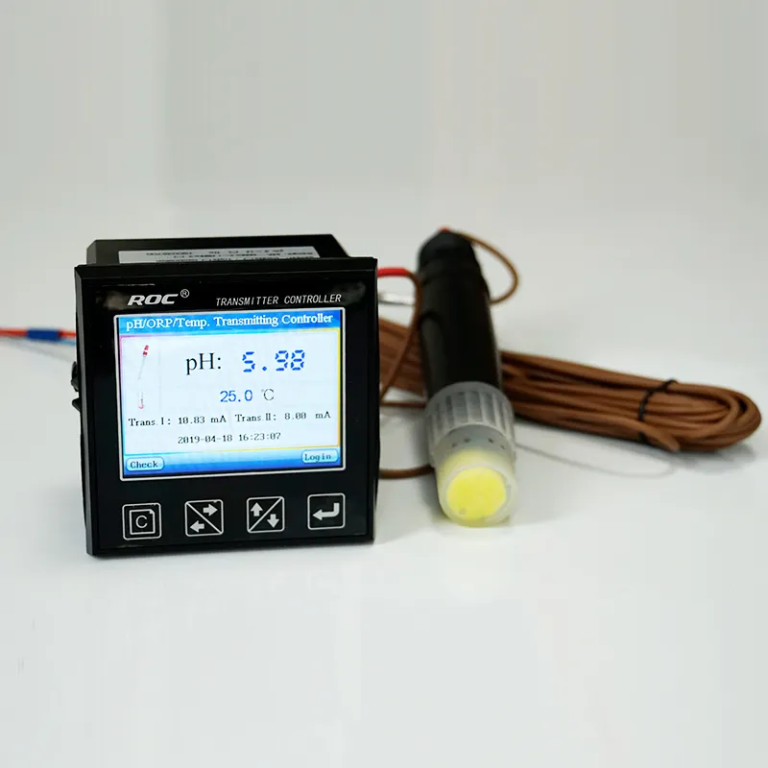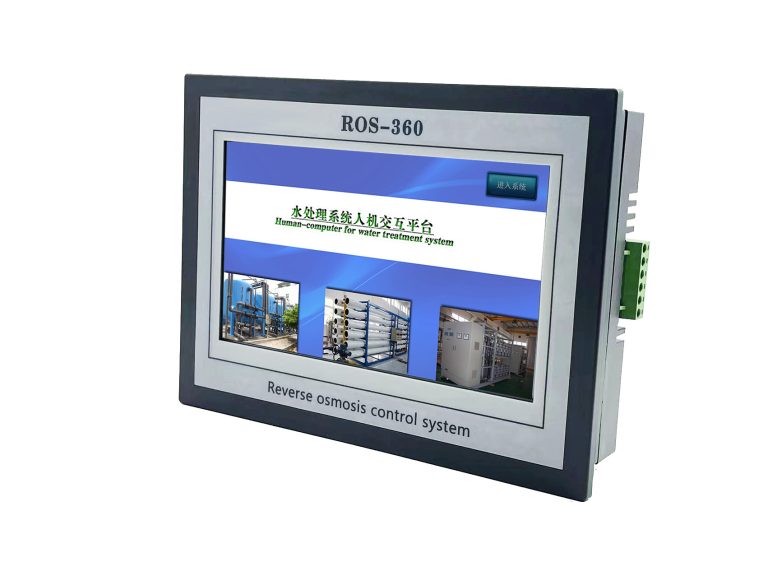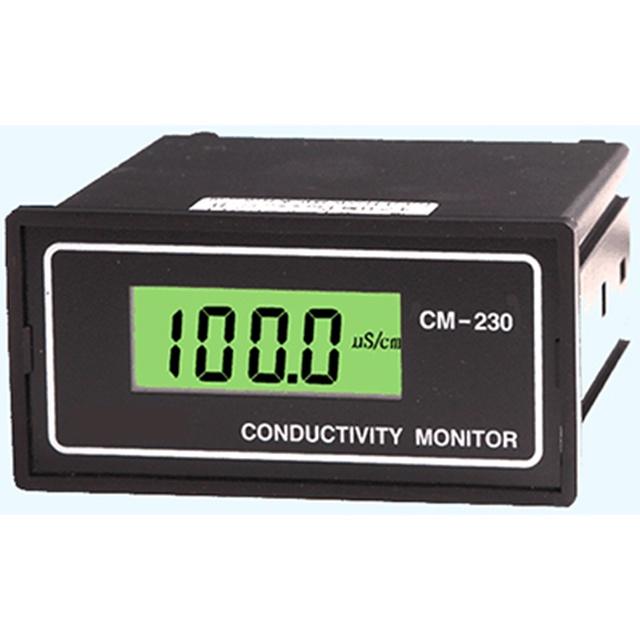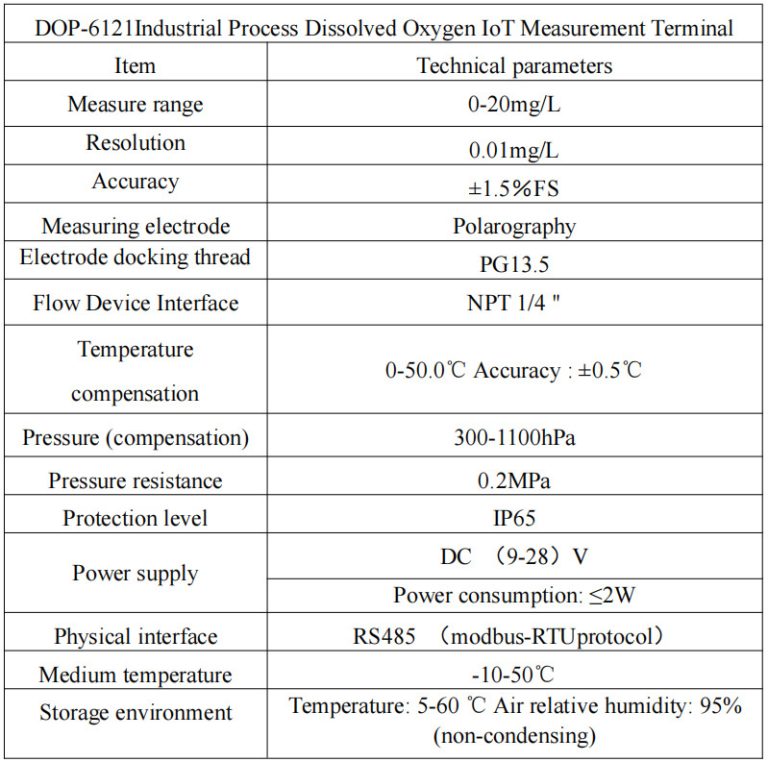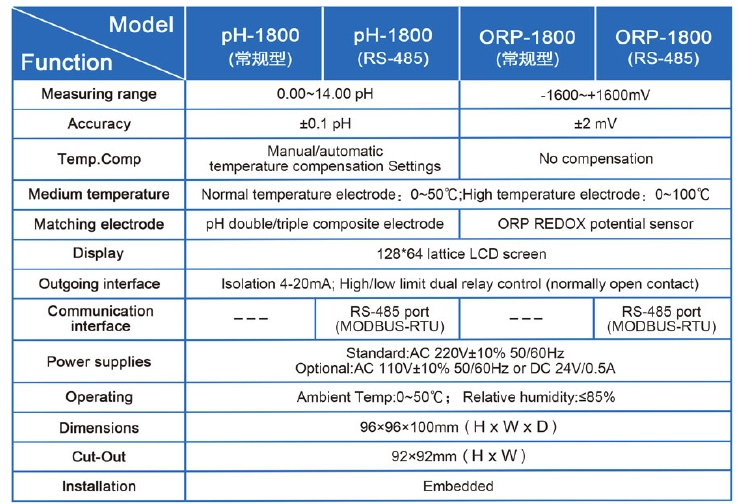Using a Calibration Solution Alternatives for ec meter Calibration
Calibrating your EC meter is an essential step in ensuring accurate readings of electrical conductivity in your water or nutrient solution. While using a calibration solution is the most common method for calibrating EC meters, there are alternative methods that can be used if you do not have access to a calibration solution. In this article, we will explore some of these alternative methods for calibrating your EC meter without a calibration solution.
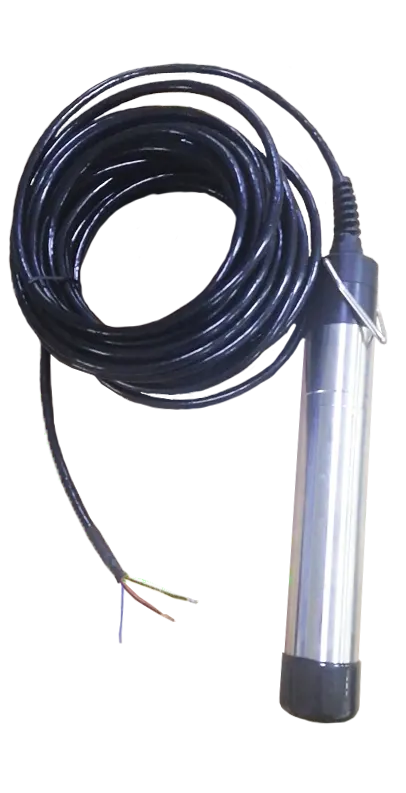
One alternative method for calibrating your EC meter without a calibration solution is to use distilled water. Distilled water has a known conductivity of 0 \\u03bcS/cm, making it a suitable alternative for calibrating your EC meter. To calibrate your EC meter using distilled water, simply rinse the probe of your meter with distilled water and then immerse it in a container of distilled water. Adjust the calibration of your meter until it reads 0 \\u03bcS/cm. This method may not be as accurate as using a calibration solution, but it can still provide a rough calibration of your EC meter.
Another alternative method for calibrating your EC meter without a calibration solution is to use a standard solution with a known conductivity. While this may not be as convenient as using a calibration solution, it can still be effective in calibrating your EC meter. To calibrate your EC meter using a standard solution, you will need to obtain a standard solution with a known conductivity value. Immerse the probe of your meter in the standard solution and adjust the calibration of your meter until it reads the known conductivity value of the standard solution. This method can be more accurate than using distilled water for calibration, as you are using a solution with a known conductivity value.
If you do not have access to distilled water or a standard solution for calibrating your EC meter, you can also use a homemade calibration solution. To make a homemade calibration solution, you will need to mix a known amount of salt (such as table salt) with a known amount of water to create a solution with a known conductivity value. Immerse the probe of your meter in the homemade calibration solution and adjust the calibration of your meter until it reads the known conductivity value of the solution. While this method may not be as precise as using a commercial calibration solution, it can still provide a rough calibration of your EC meter.
| Product Model | MFC-8800 | |
| Communication port | The uplink slave channel Modbus RTU protocol RS485 port is connected with DTU and DCS | |
| Downlink master channel RS485 port of Modbus RTU protocol is connected with data acquisition terminal | ||
| 4~20mA\\u00a0output | 1 channel two-wire type \\u00a0Maximum loop resistance 400\\u03a9 | |
| 4~20mA\\u00a0Input | \\u00a02 channel channel two-wire type\\uff08\\u00a0initiative feed\\uff09 | |
| DI\\u00a0Input | \\u00a0\\u00a0\\u00a0\\u00a0\\u00a0\\u00a0\\u00a0\\u00a0\\u00a0\\u00a0\\u00a0\\u00a0\\u00a0\\u00a0\\u00a0\\u00a0\\u00a02channels Photoelectric isolation logic switch | |
| DO Output | 3\\u00a0channels relay | 1\\u00a0SPDT \\u00a0AC220V\\uff1b 3A(MAX) |
| \\uff08only for drive signal\\uff09 | 2\\u00a0SPST \\u00a0AC220V\\uff1b 3A(MAX) | |
| 1channel \\u00a0Photoelectric switch \\u00a0\\u00a0 | Proportional pulse/frequency | |
| \\u00a0Load capacity\\uff1a100mA/DC30V | ||
| \\u00a0Data acquisition | Data acquisition collection\\uff0cwith 3\\u00a0channels DC24V sensor power supply \\u00a0 | |
| Display mode | 3.5\\u201d\\uff08or 4\\u201d\\uff09colorful LCD\\u00a0touch screen | |
| Power supply | Wide power range \\uff1a\\uff0812-24\\uff09V | |
| Consumption | <5W | |
| Environment requirements | Environment temp\\uff1a\\uff085~45\\uff09\\u2103\\uff1b \\u00a0relative humidity\\uff1a\\u226490%\\u3002 | |
| Hole dimension | \\uff0891\\u00d791\\uff09mm\\u00a0hole dimension\\uff1bpanel dimension\\uff08100*100\\uff09mm | |
In conclusion, calibrating your EC meter is crucial for obtaining accurate readings of electrical conductivity in your water or nutrient solution. While using a calibration solution is the most common method for calibrating EC meters, there are alternative methods that can be used if you do not have access to a calibration solution. Whether you choose to use distilled water, a standard solution, or a homemade calibration solution, it is important to ensure that your EC meter is properly calibrated to ensure accurate readings. By following these alternative methods for calibrating your EC meter without a calibration solution, you can continue to monitor and adjust the electrical conductivity of your water or nutrient solution with confidence.

